Slugfest. Doom City. Torment. All released by Shamus Young, in 1995, with original music from the author, and pulling double-duty as both single / co-op and deathmatch maps and mapsets. Phobos - Relive the Nightmare, the last of his Doom II works, differs in that it was published in 1996 but otherwise continues the same trends as the author's previous uploads in making aesthetically appealing levels with more complex layouts and relatively small bodycounts. The end result is a nine-level mapset drawing inspiration from Doom's shareware release yet thankfully remaining cast with Shamus's particular idioms.
Actually, Young's inspiration also comes from the names of the levels themselves but not their physical contents. RELIVE has a theme to tie all the maps together and basing it on Knee Deep in the Dead gives the author more variety than the relatively banal concrete contrasted against occasional patches of blue water comprising Torment. Young has also rearranged the order of the levels between "Hangar" and "Phobos Anomaly", creating a different exploration narrative that draws you through the less sensitive areas of the lunar outpost before breaching the last paramilitary bastion and confronting the source of the evil.
Shamus's own observations circa 1996 pegged him as a proponent of the superiority of Doom's shareware selections. This decision was primarily a function of aesthetics; to quote the author, "they LOOKED better than any of the other levels." Young believed in the Doom engine's ability to accurately emulate the appearance of architecture designed by humans over its capacity to approximate the locales to be witnessed in Hell. Fair enough; the lack of sloped floors and inability to do room-over-room would never realize the absolute promise of any level purporting to represent the nefarious nadir and its nightmarish, potentially impossible topography.
Given such sentiments, you might be misled into thinking that RELIVE went the way of Roger Ritenour and tired to turn this episode away from the vague functionality of Romero's rendition and toward the Doomworld hobgoblin of realism. After all, Young made a bunch of new textures for Doom City to have stuff like a 7-Eleven, bank, and grocery store. However, outside of the landing pad kicking the whole set off (and maybe a countertop somewhere) it's just as full of ambiguously applicable architecture. Looking back through these maps I lean more toward "Maybe, I guess" than "Yeah, totally!".
Which is just as true of the original Knee Deep in the Dead. Doom certainly excels at creating places that players feel could actually exist as far as the plausibility of their geometry but this doesn't make the fabricated worlds any less abstract since they rely just as much on an appeal to the player's imagination. Otherwise, they would fall flat. I think that the Inferno episode (and, to a lesser extent, The Shores of Hell) does a better job of looking like what it's supposed to be, whatever the shortcomings of the original Doom engine are. However, I would scarce deny that nothing hammers these limitations home harder than the opening intestinal yard of "Hell Keep", crazy organic elevator notwithstanding.
RELIVE definitely inherits the crowd-pleasing visuals of Phobos if not their architecture but the combat is a clear departure. MAP01 may fool you since it's limited to the same monsters you'd fight in E1M1 but you will see revenants, pain elementals, and others as early as MAP02 and Young never really puts his foot on the brake. The relatively small area occupied by his maps leaves a feeling of thick monster density and the layouts are still geared to facilitate deathmatch play so it's not uncommon for the wild things to find their way to you if they are left unattended. Important notes for prospective players: there are very few monster closets and the only instance of a teleport "trap" is in the finale so if you dig simplified Doom II action then I suspect that this one will be right up your alley.
The biggest surprise for me came early on in Young's rendition of "Computer Station". You'll be digging into a congested cluster of technological stacks early on and the dark lighting combined with the surprising leap in monster progression makes for suspenseful exploration. Plus, using key doors to make shortcuts facilitating easier backtracking. I like "Phobos Lab" for successfully doing blue and silver (and computer gray) with a fun layout. "Military Base" also does a great job in the latter aspect, maybe my favorite "open" map of the set making for action-fueled exploration that stands as a nice contrast to MAP02's dungeon-delving sensibilities.
RELIVE also works as Young's last musical release. It reuses a lot of its own melodic motifs which could leave the whole thing sounding same-y or for those overlooking its simplicity bestow a certain Wagnerian flair. I recall a minor Youtube celebrity expressing his fondness for the soundtrack to La Mulana because it sounded to him like the same song remixed to produce all of the other tunes, an observation he then extended Japanese video game soundtracks. Me, well, I really like the track for "Command Control" (MAP03). I'll gladly crowbar it into an action-packed tech-themed level if I ever make one.
Your case for Phobos - Relive the Nightmare: short, action packed levels with a lack of canned surprises that look pretty good. Also, while we see plenty of Episode One rehashes, it's not often for them to be rendered in Doom II. If you're going to play one thing of Shamus's, make it Doom City. Don't stop there, though, because RELIVE kicks ass.


PHOBOS
RELIVE THE NIGHTMARE
by Shamus Young
RELIVE THE NIGHTMARE
by Shamus Young
NIGHTMARES AND
THEMESCRAPES
THEMESCRAPES
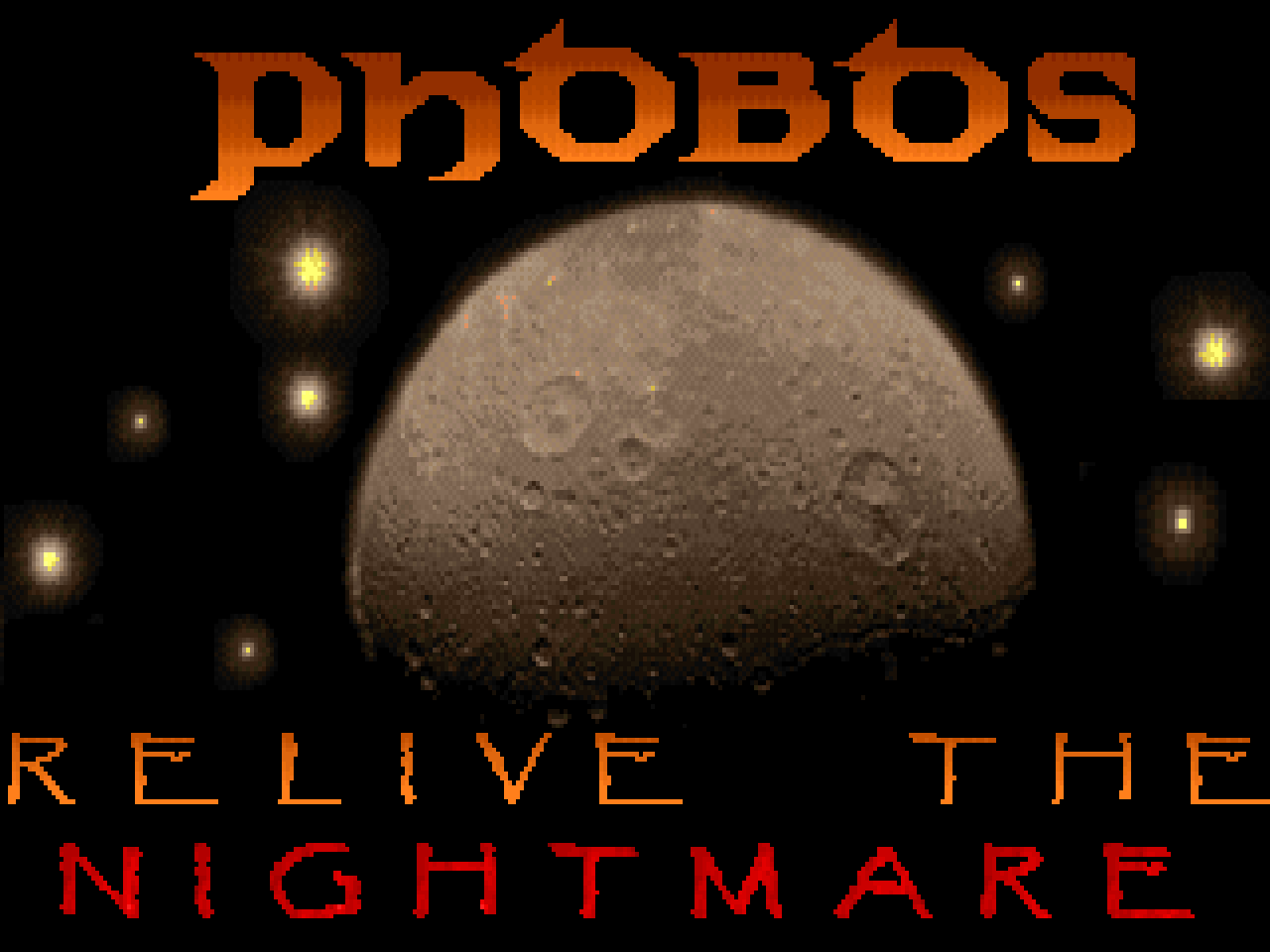
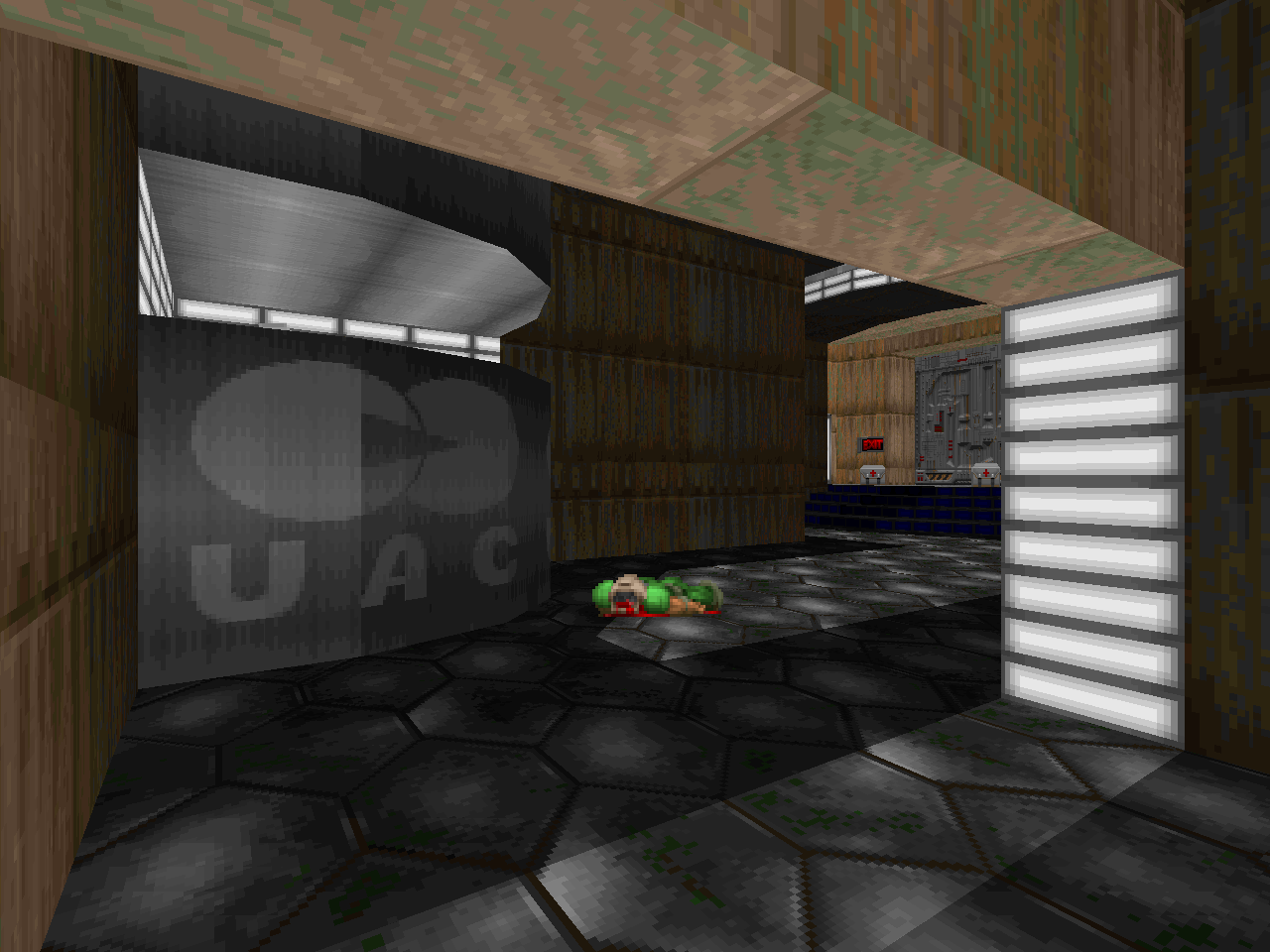
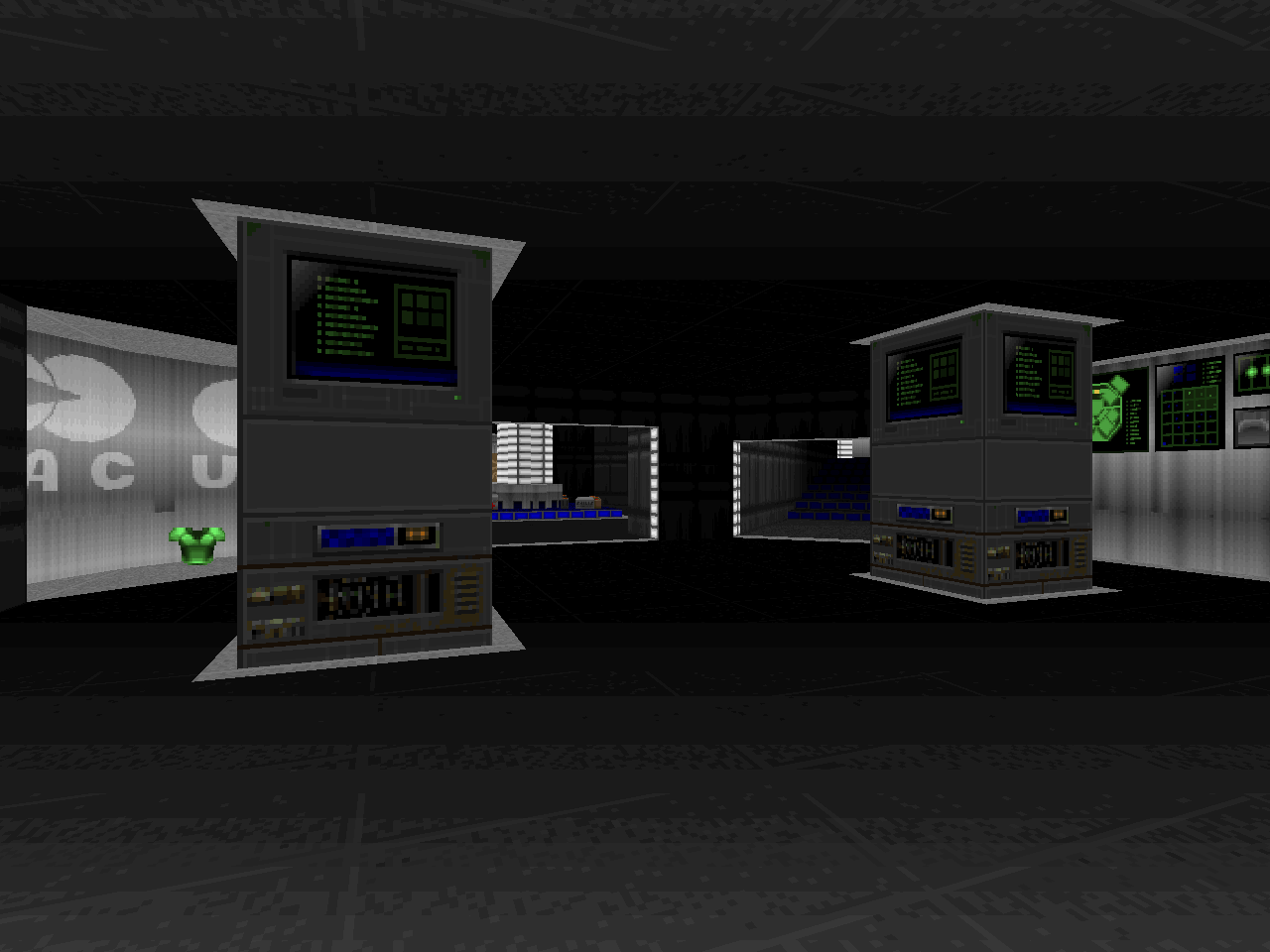
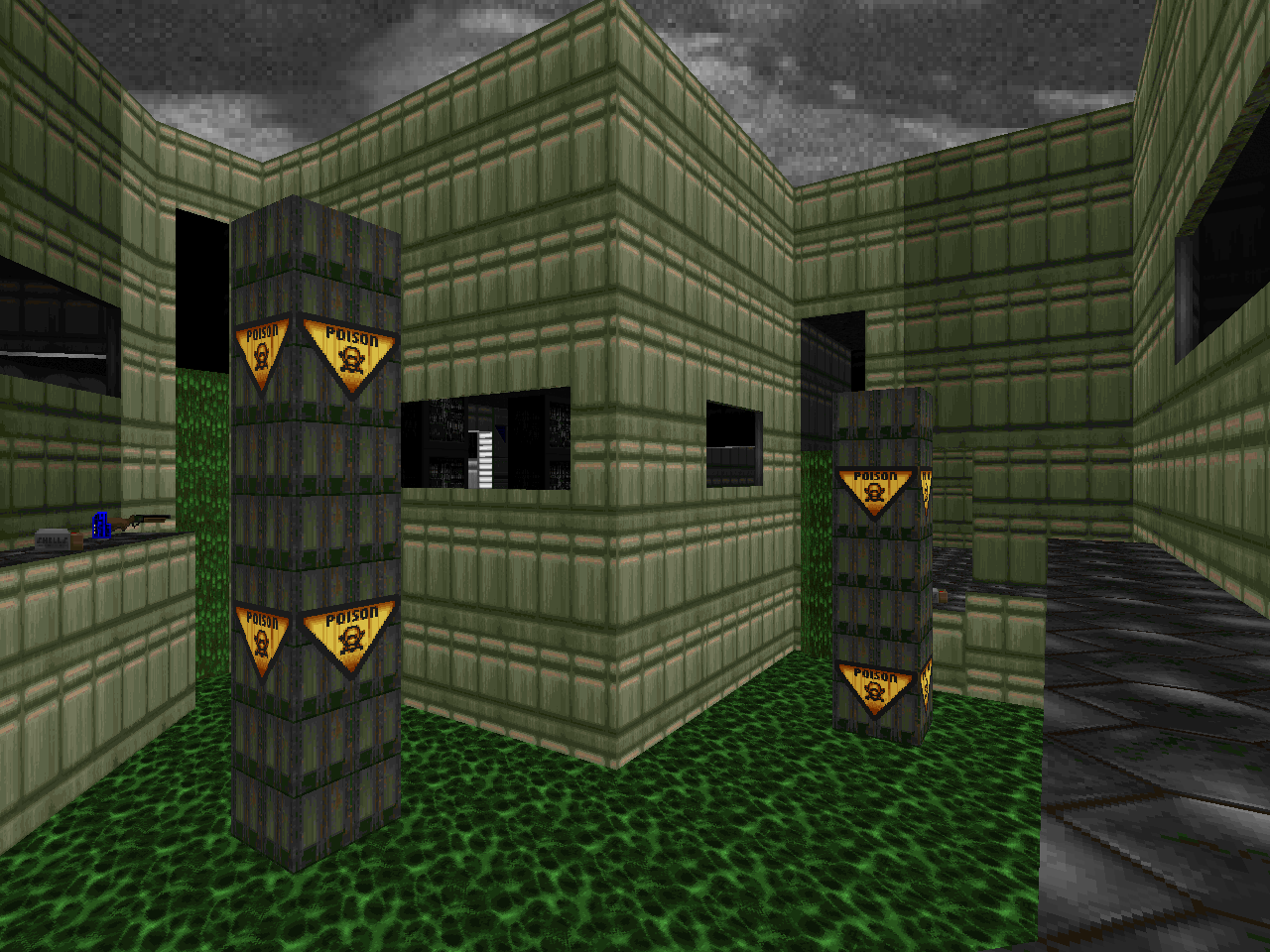
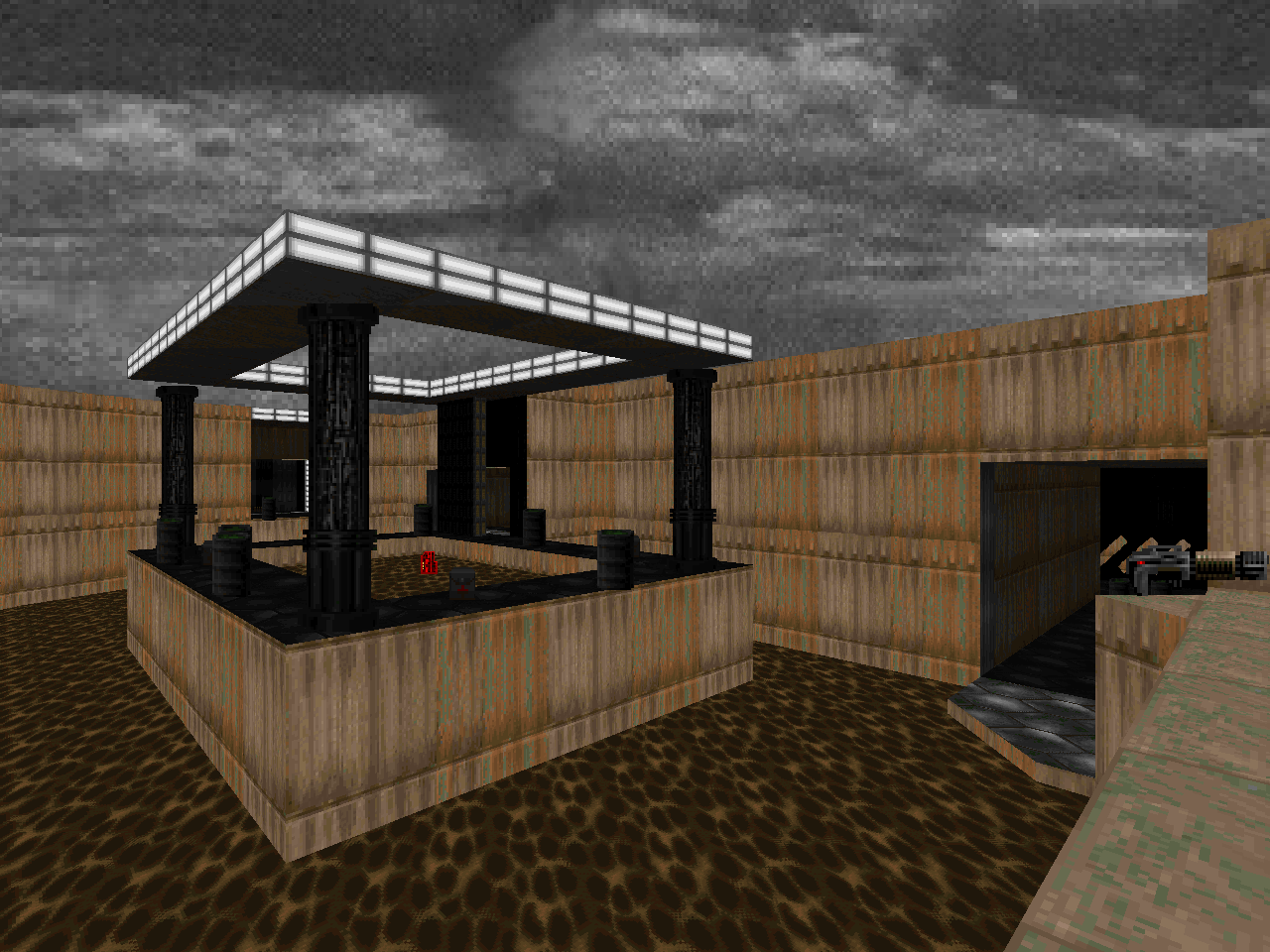
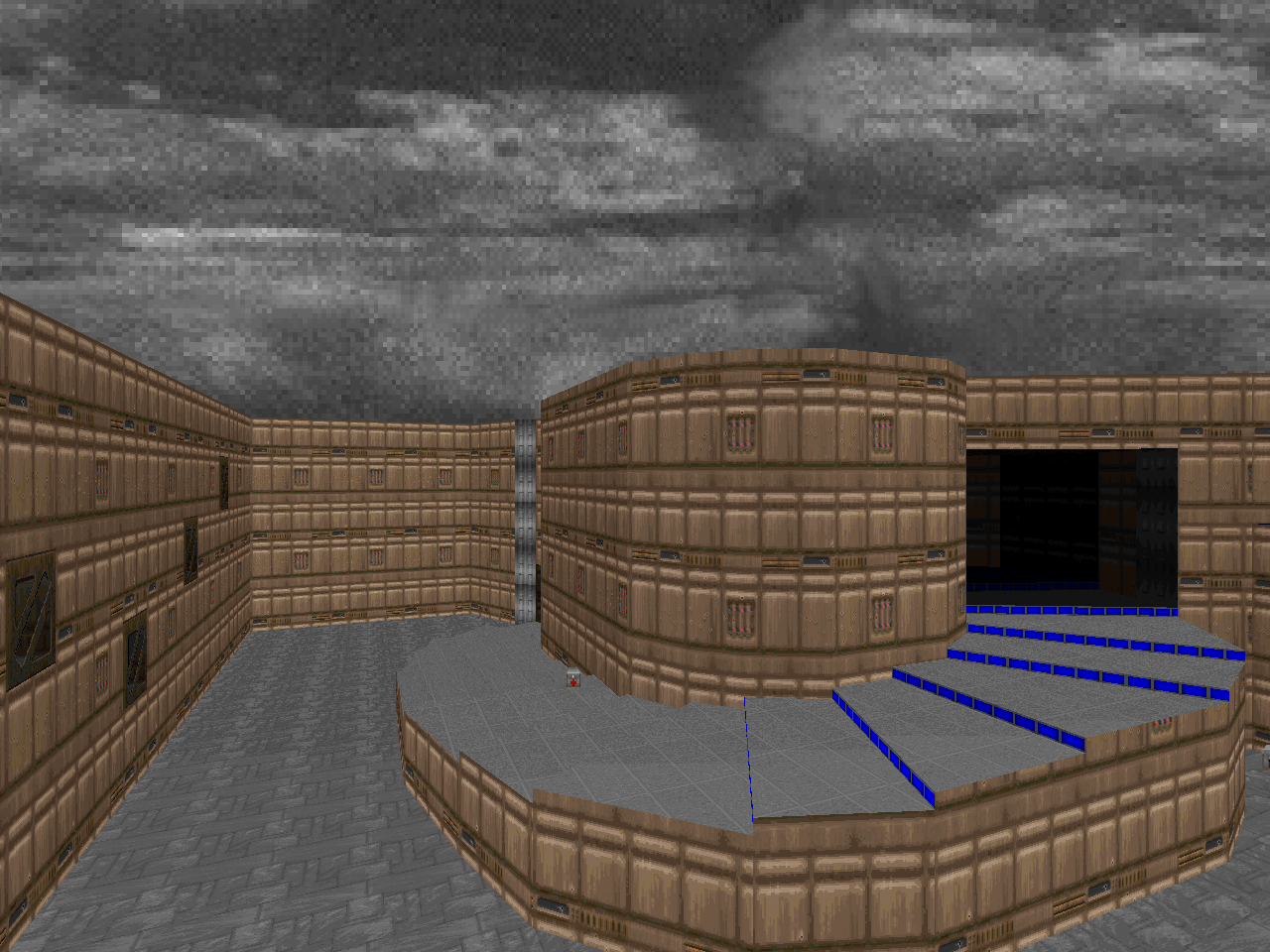

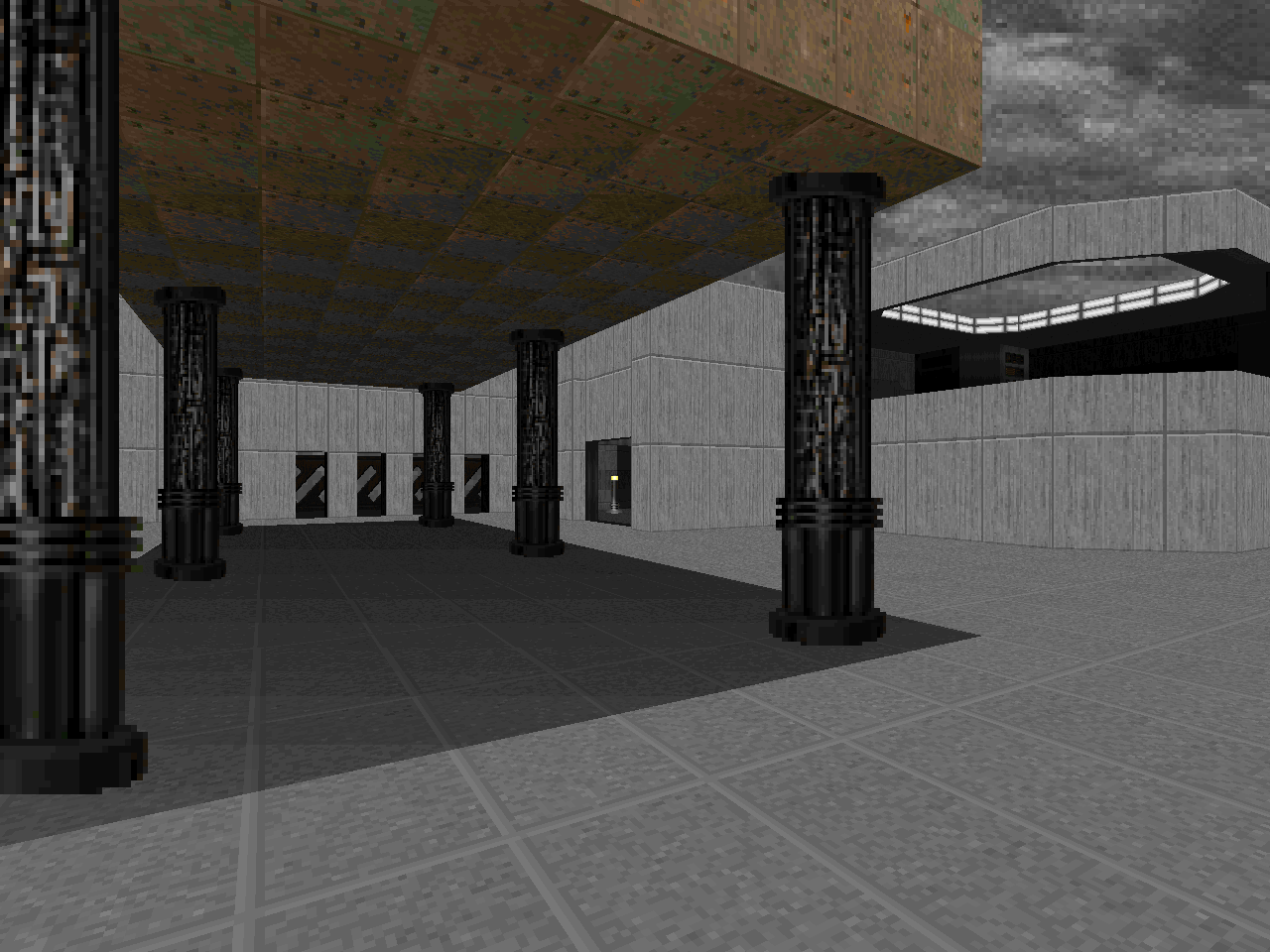
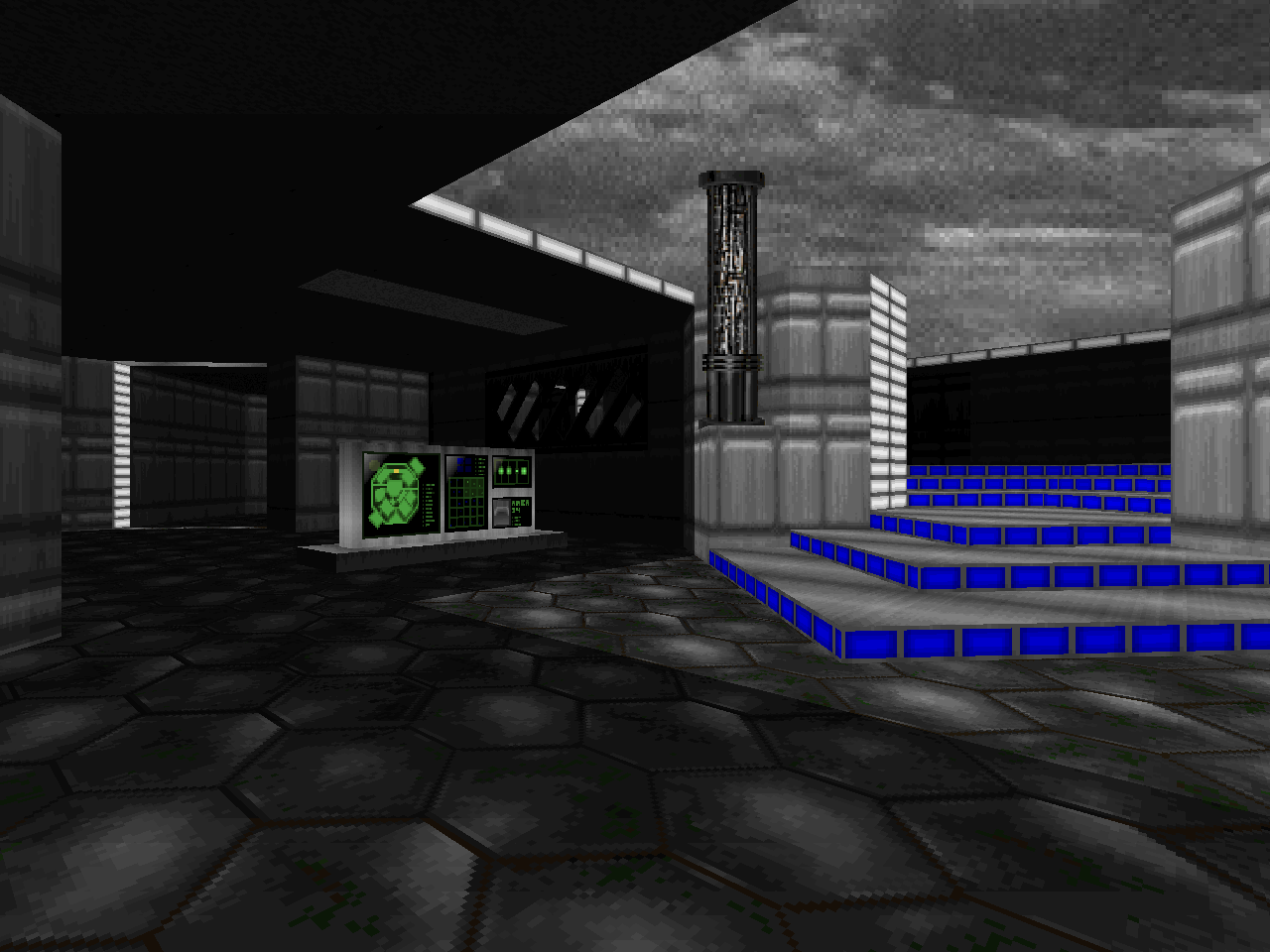
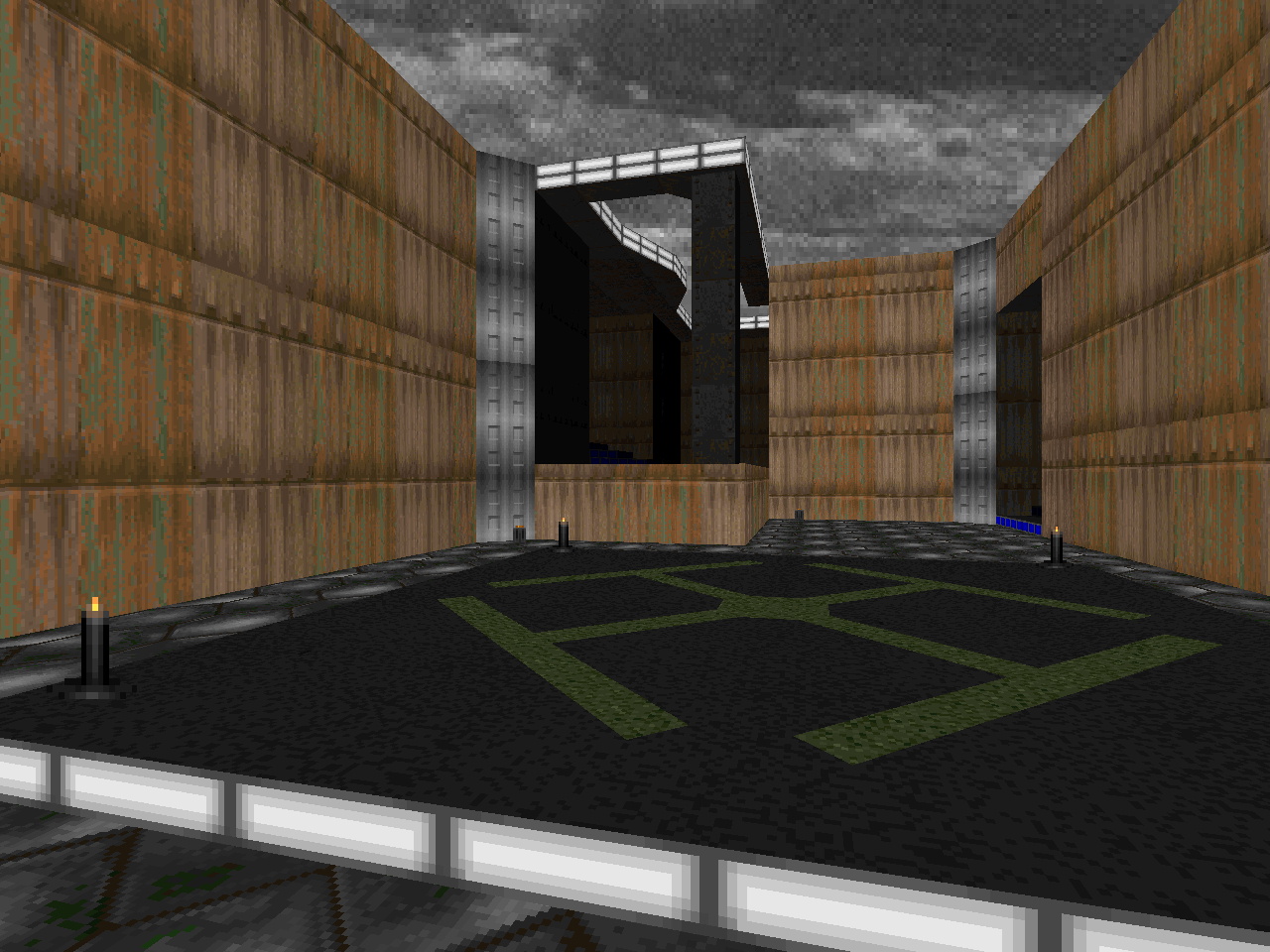
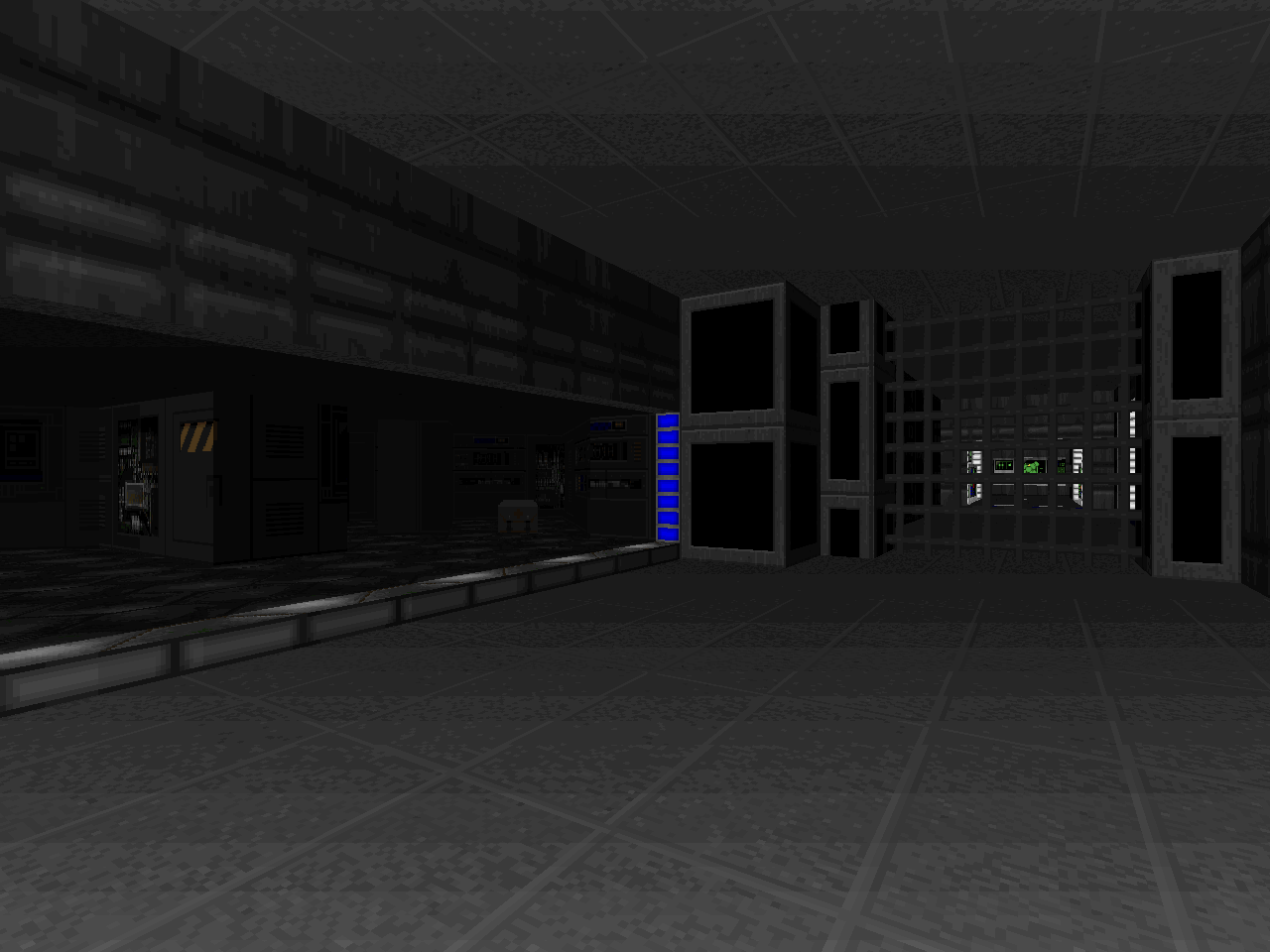
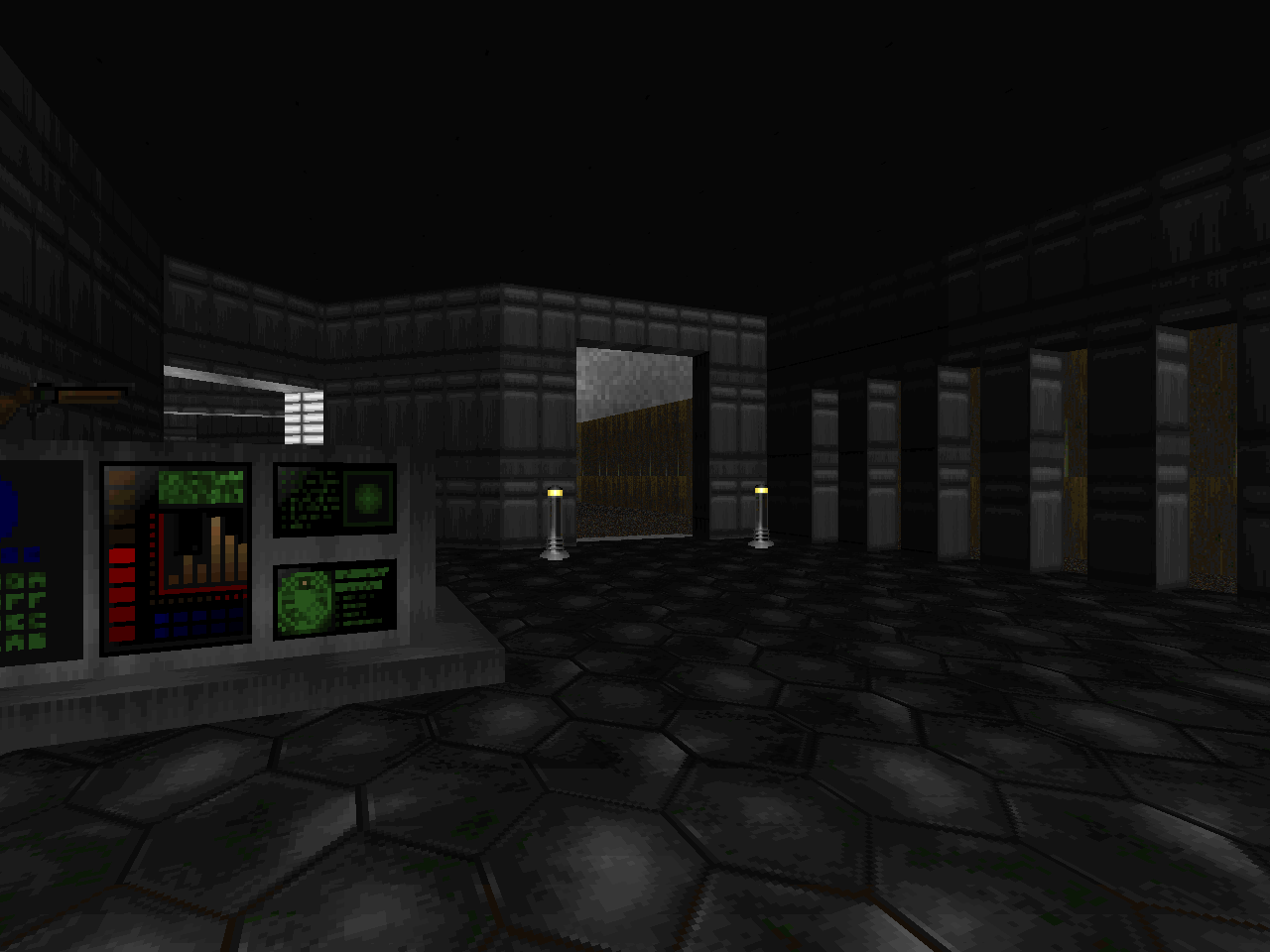
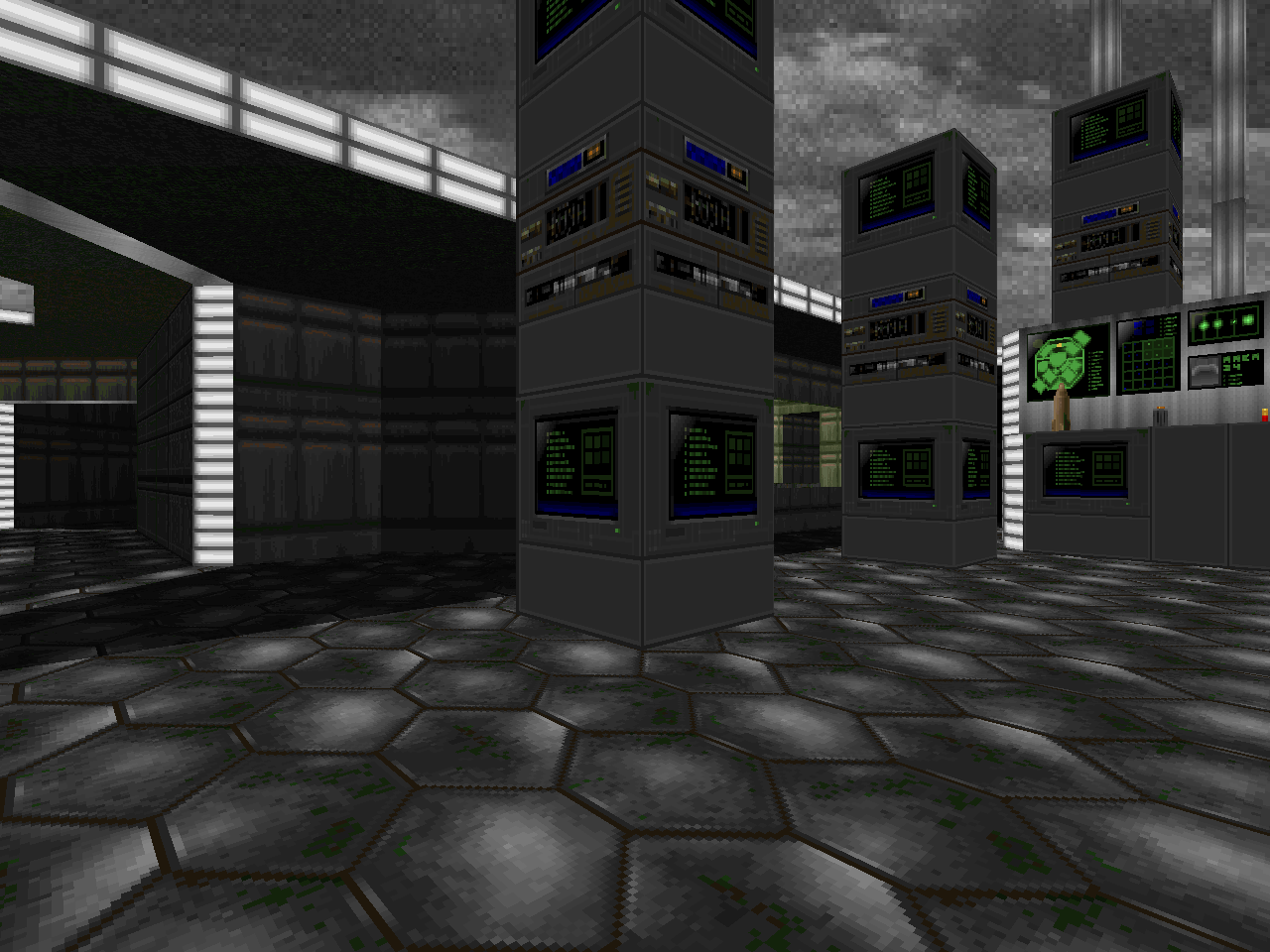
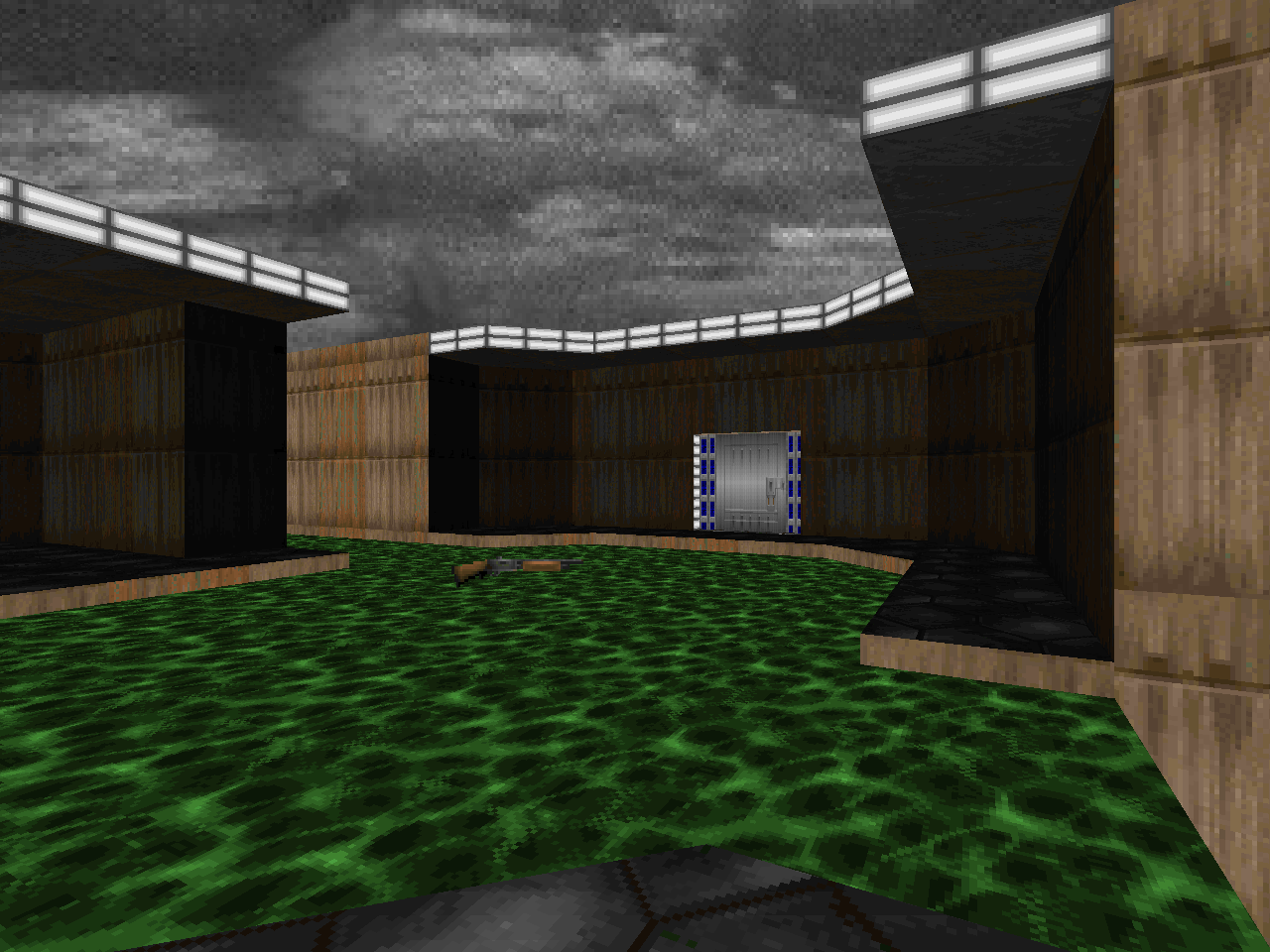
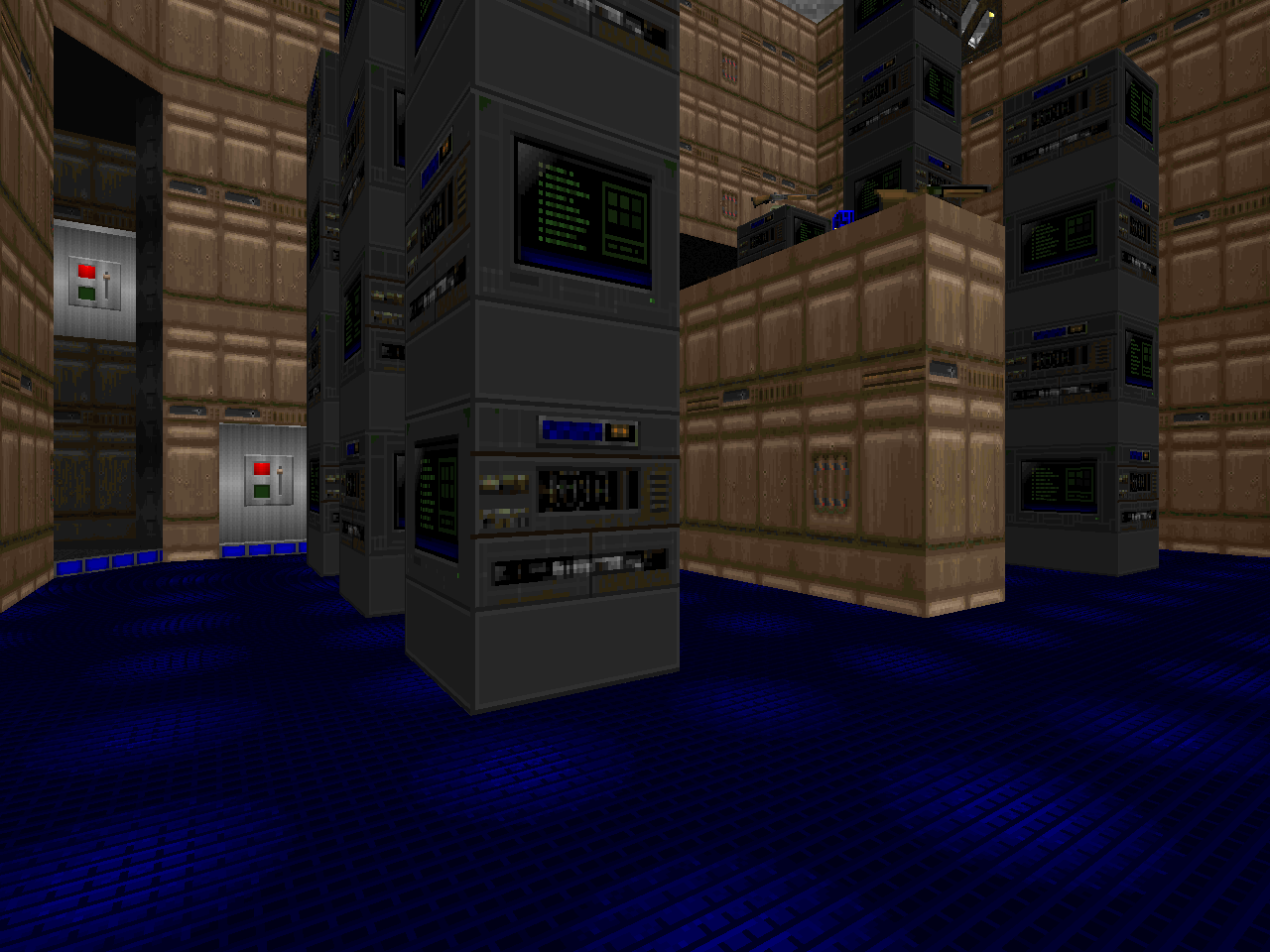
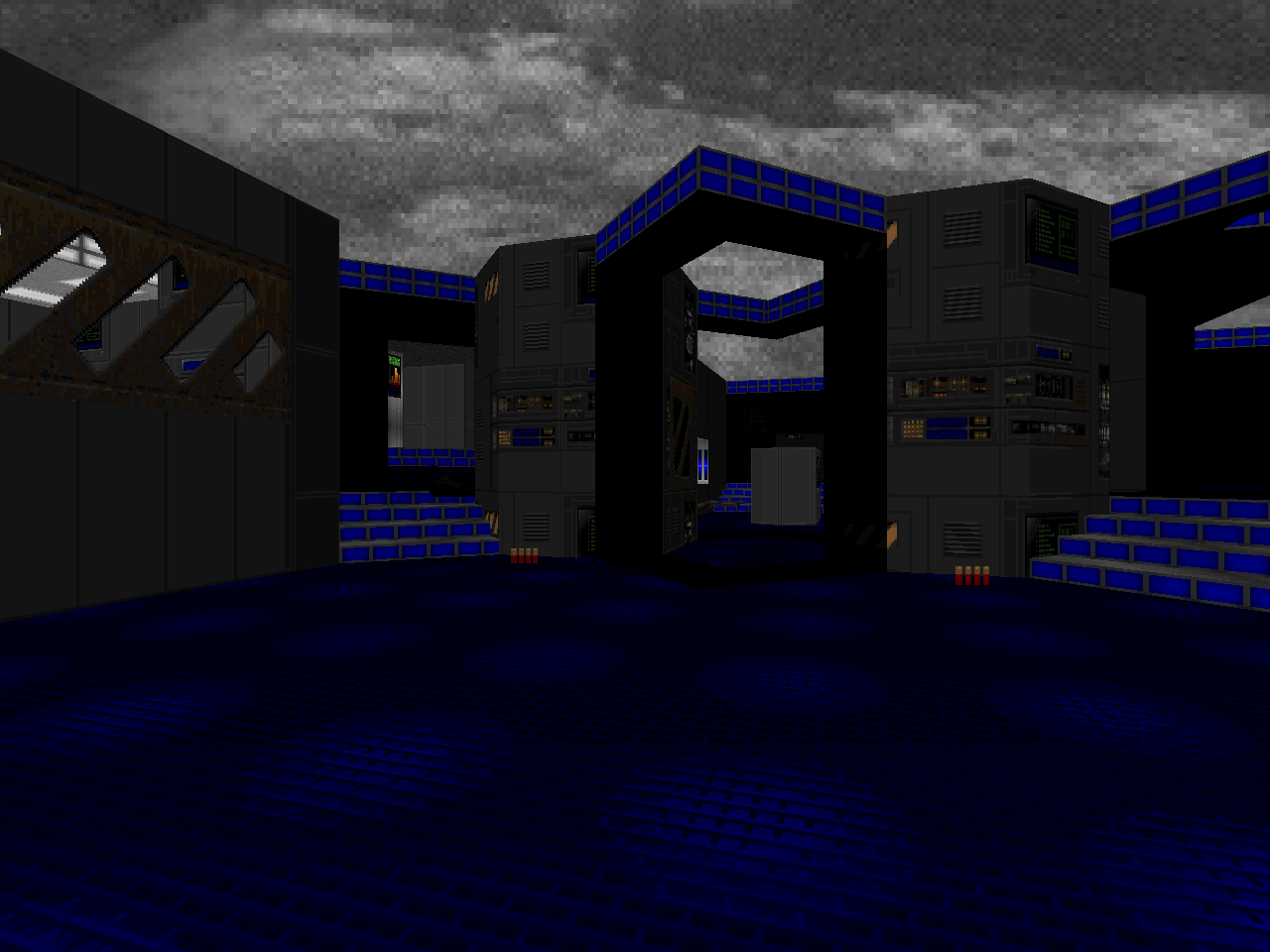
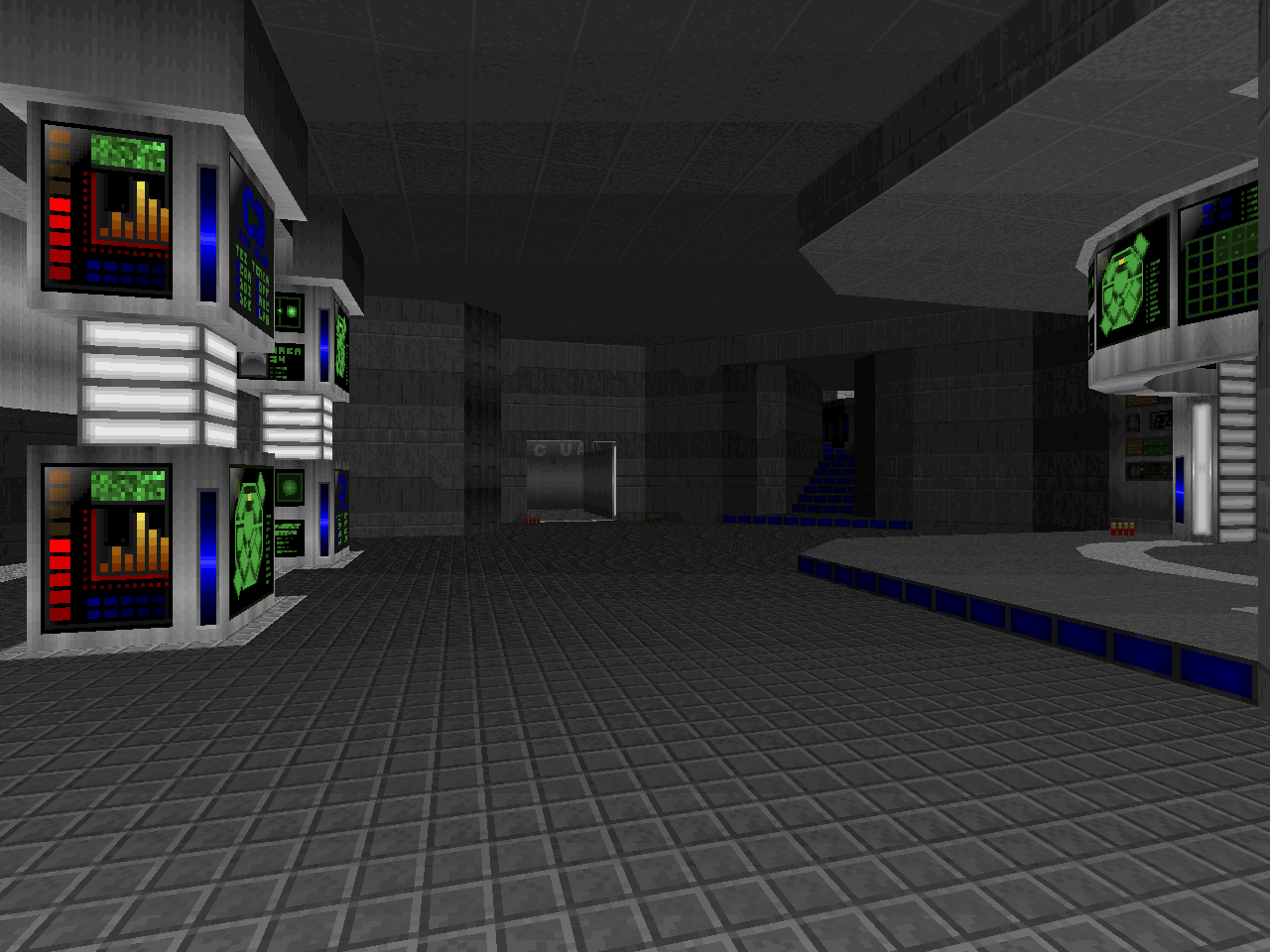

No comments:
Post a Comment